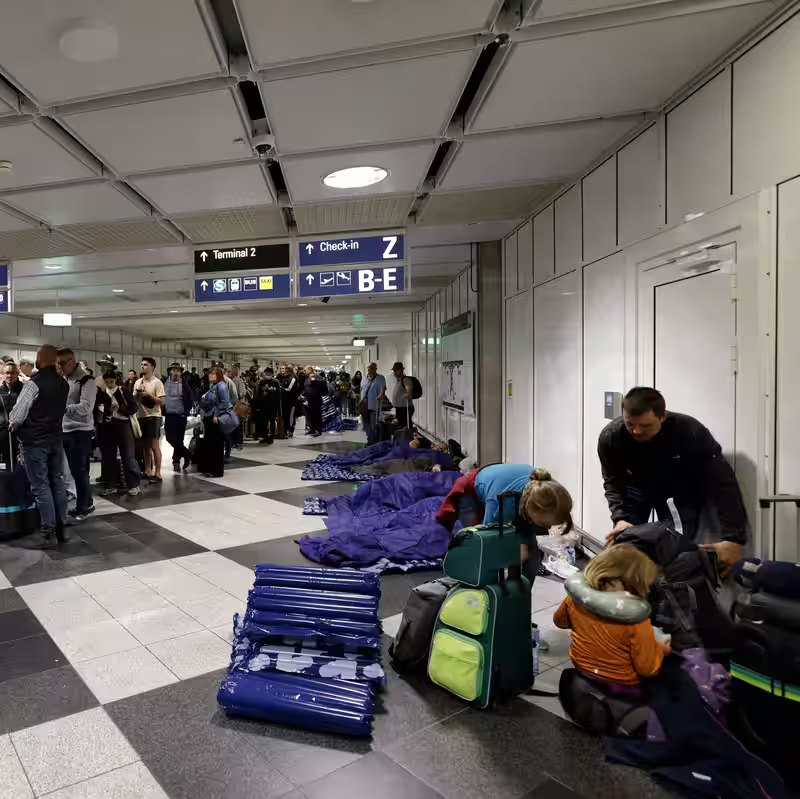Drone Sightings Spark Chaos Across European Airports
In recent weeks, a wave of unexplained drone sightings has triggered emergency shutdowns at major airports across Europe. From London to Paris and beyond, air traffic controllers have been forced to ground flights, stranding thousands of passengers and exposing a glaring gap in aviation security protocols .
What We Know So Far About the Drone Sightings
Multiple countries—including the UK, France, Germany, and the Netherlands—have reported unauthorized drones hovering near or above restricted airspace. In several cases, these sightings led to temporary but complete closures of runways. At London Stansted Airport alone, over 40 flights were delayed or diverted during a single incident earlier this month .
Authorities have yet to identify the operators or motives behind the drone activity. While some speculate it could be reckless hobbyists, others warn of more coordinated or even malicious intent.
Why Europe Wasn’t Ready for This Threat
Aviation experts say the repeated disruptions highlight a critical lack of preparedness. “Most European airports still don’t have reliable drone detection or neutralization systems,” said Dr. Elena Moreau, an aviation security analyst at the European Air Safety Institute. “We’re reacting, not preventing.”
Unlike military zones or high-security government facilities, civilian airports have been slow to adopt anti-drone technology due to cost, regulatory hurdles, and concerns about radio interference with aircraft systems.
Timeline of Recent Drone Incidents in Europe
| Date | Location | Impact |
|---|---|---|
| Oct 5, 2025 | Amsterdam Schiphol (Netherlands) | 30-min runway halt; 12 flights delayed |
| Oct 11, 2025 | London Stansted (UK) | Runway closed for 90 minutes; chaos at terminal |
| Oct 17, 2025 | Frankfurt Airport (Germany) | Drone spotted near cargo zone; minor delays |
| Oct 20, 2025 | Paris Charles de Gaulle (France) | Two separate alerts; no closure but heightened alert |
What’s Being Done Now?
In response, the European Union Aviation Safety Agency (EASA) has fast-tracked discussions on continent-wide drone surveillance standards. Several airports are now testing radar-based detection systems and RF-jamming tools that can safely disable rogue drones without harming aircraft electronics .
Meanwhile, national governments are considering stiffer penalties for illegal drone flights near airports. In the UK, flying a drone within 5 km of an airport can already result in a £1,000 fine—but enforcement remains a challenge without real-time tracking.
Could This Happen in the U.S.?
American airports have also faced drone threats in the past—most notably at Newark Liberty in 2019—but the FAA has since rolled out more robust detection pilots at major hubs like JFK and LAX. Still, experts warn that no system is foolproof .
“Drones are cheap, widely available, and hard to trace,” said cybersecurity consultant Marcus Lin. “Until we integrate airspace monitoring into national security infrastructure, these incidents will keep happening.”
Passenger Advice During Drone Alerts
- Check your airline’s status page before heading to the airport.
- Allow extra time for potential delays or rebooking.
- Follow official airport social media for real-time updates.
- Report suspicious drone activity to local authorities—do not confront operators.




